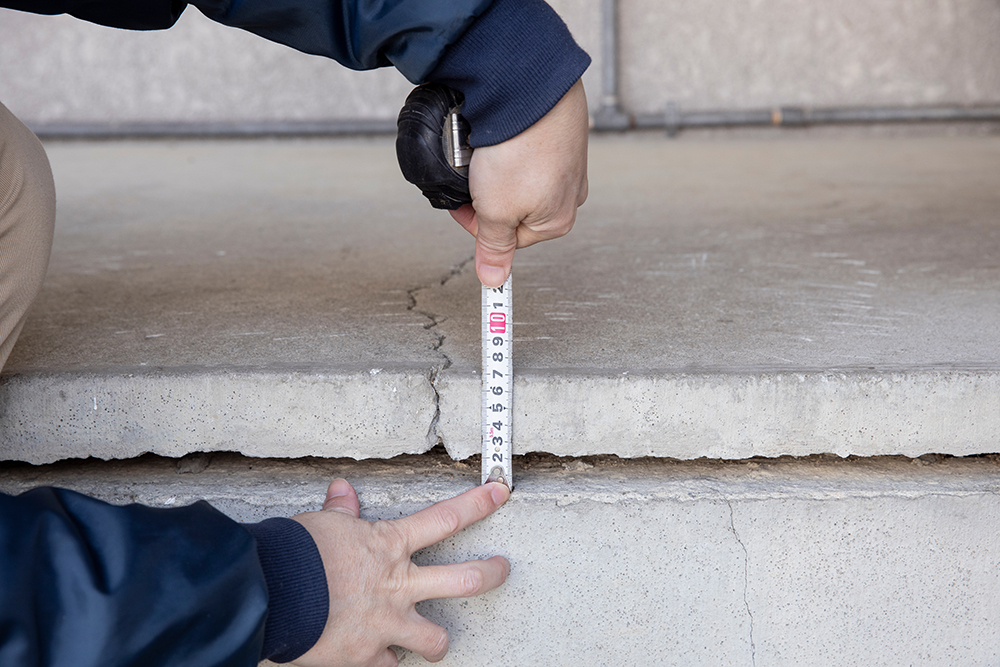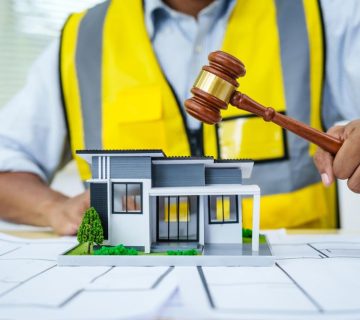When a construction project is complete—whether it’s a commercial complex, residential development, or mixed-use facility—there’s an assumption that it was built to last. Unfortunately, that’s not always the case. Construction defects can lurk beneath the surface, and ignoring them can result in serious legal, financial, and structural consequences. At Stryker Slev Law Group, we’ve seen firsthand how costly these oversights can be.
If you’re a property owner, contractor, developer, or architect in San Diego, Los Angeles, or Southern California, here’s what you need to know about the risks of overlooking construction defects—and why proactive action matters.
1. Structural Failure and Safety Hazards
Perhaps the most critical risk of ignoring construction defects is the potential threat to safety. Defects involving foundations, load-bearing walls, roofs, or waterproofing systems can lead to:
- Cracking walls or ceilings
- Sagging floors
- Roof collapse
- Mold and mildew from moisture intrusion
- Even full structural failure in severe cases
These issues not only endanger the lives of occupants but also expose property owners to lawsuits and insurance battles. When someone’s health or safety is compromised due to a defect, liability can fall heavily on those who failed to act.
2. Escalating Repair Costs Over Time
What might seem like a small issue today—a leak, a crack, or improper window installation—can balloon into a massive expense when left unchecked. Water intrusion can spread, foundation cracks can deepen, and improperly installed electrical systems can degrade.
Repairing a defect early can be a matter of simple remediation. Waiting could mean:
- Full-scale demolition and reconstruction
- Code violations requiring upgrades
- Interruptions to business operations
- Property devaluation
And in many cases, repair costs are not covered by insurance if the defect is deemed a result of negligence or known but ignored.
3. Loss of Statutory Rights and Legal Remedies
In California, construction defect claims are subject to strict statutes of limitation and repose. Typically, a property owner has a limited time after discovery of a defect (or when they reasonably should have discovered it) to bring a claim.
Failing to act within this timeframe could:
- Forfeit your right to recover damages
- Limit your ability to compel repairs from builders or subcontractors
- Force you to shoulder the full burden of repair costs
A delay of even a few months can mean the difference between full recovery and legal ineligibility.
4. Breach of Warranty Claims and Contractual Disputes
Many new developments or commercial builds come with builder warranties. Ignoring a known defect until after the warranty expires could result in:
- Lost opportunity for free repair or replacement
- Breach of contract claims turning into protracted legal disputes
- Cross-claims between general contractors, subcontractors, and developers
- Risk of indemnity failures
At Stryker Slev Law Group, we specialize in untangling these layers of liability—but early action by owners makes the process significantly more efficient and successful.
5. Decreased Property Value and Impaired Sales
Buyers and tenants in Southern California’s competitive market are increasingly savvy. Construction defects—especially if disclosed or discovered during due diligence—can:
- Lower resale or rental value
- Kill a deal during escrow or negotiation
- Trigger costly remediation demands from prospective buyers
- Damage your reputation in the commercial real estate space
Even worse, failure to disclose known defects during a sale can expose sellers to fraud or misrepresentation claims, creating additional legal headaches.
6. Negative Impact on Occupants and Tenants
For landlords and commercial property managers, construction defects can disrupt tenant relations. Leaks, HVAC issues, structural cracks, and mold can lead to:
- Tenant complaints and potential walkouts
- Legal actions for breach of lease agreements
- Habitability violations
- Regulatory fines
These consequences can quickly cascade, especially in high-value buildings where tenant expectations are higher and financial stakes are larger.
7. Complex Insurance and Litigation Challenges
Construction defect cases are rarely straightforward. Multiple parties are typically involved—owners, contractors, architects, engineers, developers, and insurers. If a defect is ignored and causes damage:
- Insurance providers may deny claims
- Disputes over causation and responsibility arise
- Multi-party litigation becomes costly and time-consuming
Early legal consultation can help preserve evidence, assign fault, and trigger indemnity obligations before these disputes spiral out of control.
How We Can Help
At Stryker Slev Law Group, we understand the complexities and high stakes of construction defect cases. With decades of experience and a reputation as one of the region’s most respected law firms, we provide smart, strategic counsel for property owners, developers, and construction professionals across San Diego, Los Angeles, and all of Southern California.
Our approach is different—we don’t just litigate; we strategize. From proactive contract drafting to aggressive litigation when needed, we’re committed to protecting your investment, reputation, and bottom line.
If you suspect a construction defect—or simply want to ensure your legal position is secure—contact us today for a confidential consultation. Ignoring the problem won’t make it go away. Acting now could save you millions later.



